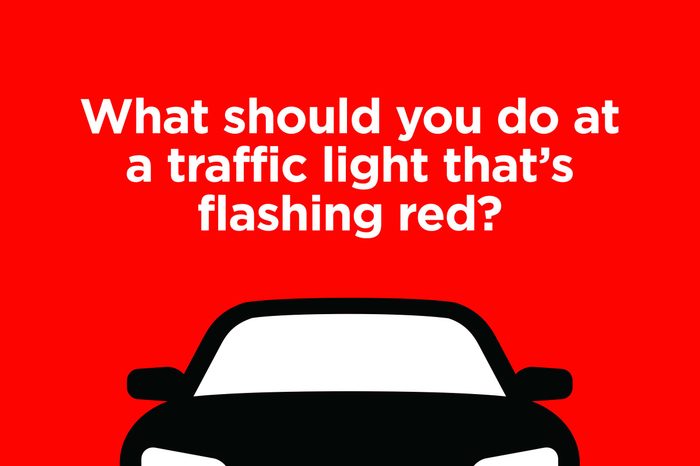
Question #1:
A. Slow down before proceeding
B. Stop only if there are other cars coming
C. Stop and wait for the light to change
D. Stop, but don’t go again until it’s safe to do so
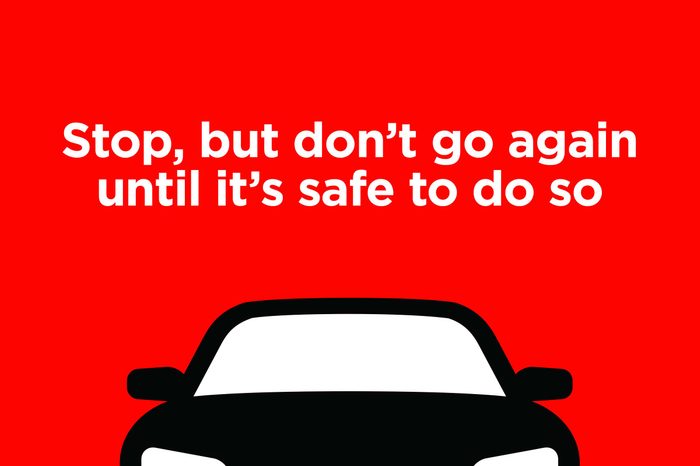
Answer:
Treat this signal like a stop sign. Bring your vehicle to a full stop and give right of way until it’s your turn. If you didn’t know the answer to these driving test questions, don’t feel bad—at least you (hopefully) aren’t guilty of these 11 crazy things people have done behind the wheel.
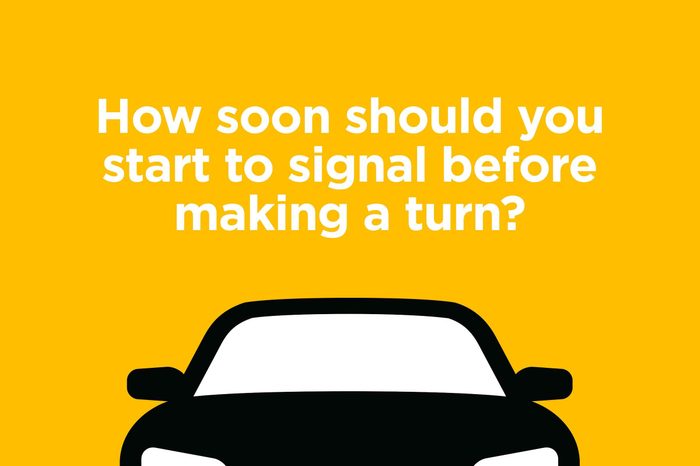
Question #2:
A. At least 50 feet before the intersection
B. At least 100 feet before the intersection
C. When you reach the intersection
D. Turn signals aren’t necessary
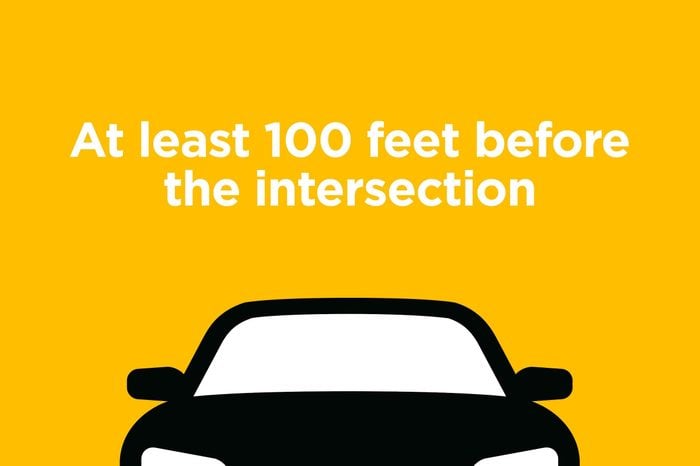
Answer:
Not sure if you’re signaling early enough? If your car is going 35 miles per hour, your car will take about two seconds to cover 100 feet (Quick… how many feet in a mile?). Signal accordingly, and don’t miss these other 11 driving etiquette tips you’ve probably forgotten.
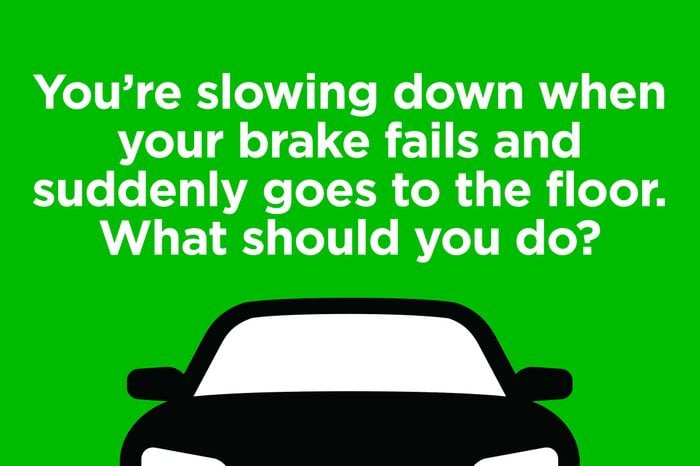
Question #3:
A. Hook your toe under the break and try to pull it up
B. Slam on the parking brake
C. Increase the pressure by pumping the brake with your foot
D. Swerve to the side of the road and let your vehicle stop on its own
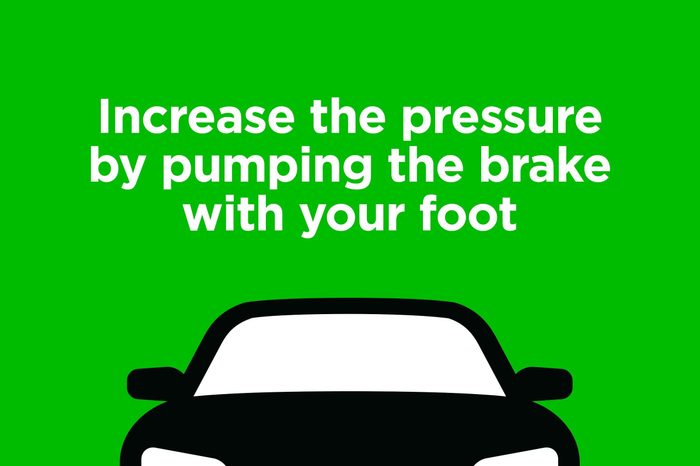
Answer:
Pumping the brake quickly several times will increase the pressure and hopefully get the brake to work again temporarily so you can stop. If it doesn’t, gently engage the parking or emergency brake, and shift into a lower gear to get your car to slow down. Getting these driving test questions right? Find out how to handle these other 11 scary driving scenarios.
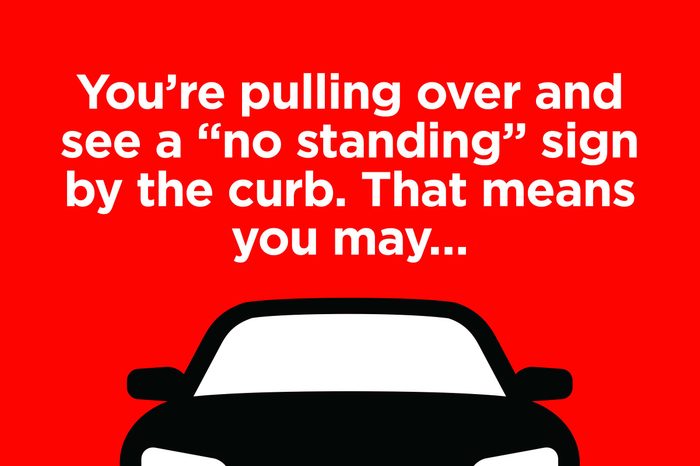
Question #4:
A. Never stop unless it’s an emergency
B. Park temporarily if the driver stays inside
C. Stop temporarily to let passengers in or out
D. Stop to take packages in and out of the car
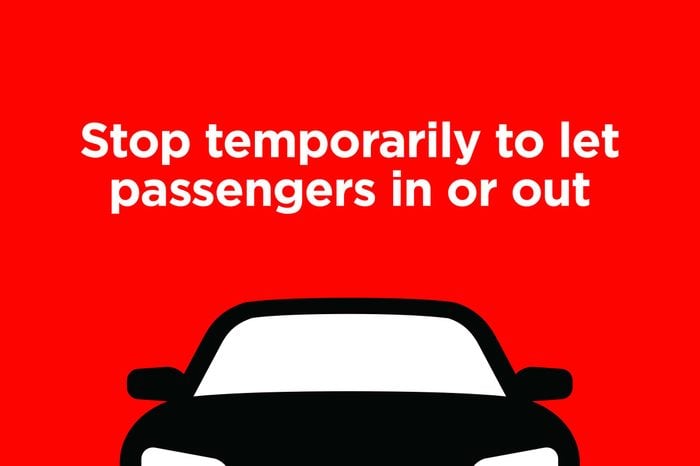
Answer:
If the sign said “no parking,” you’d also be allowed to load and unload merchandise, but “no standing” will only let you stop for passengers. Neither will fly by a “no stopping” sign, though, where you can only stop to obey a traffic signal or officer, or avoid a crash.
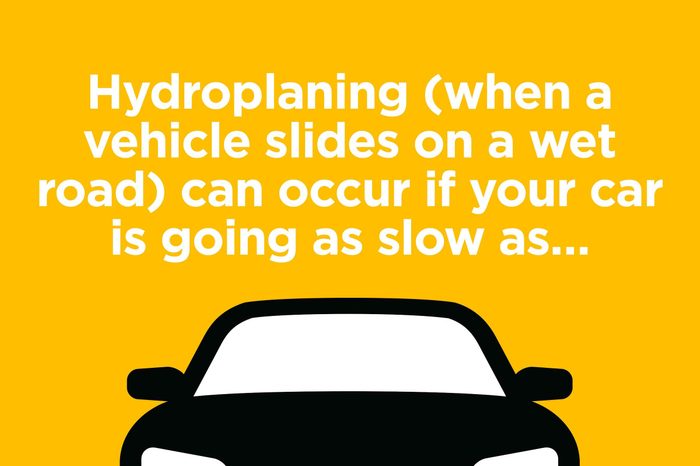
Question #5:
A. 35 miles per hour
B. 45 miles per hour
C. 50 miles per hour
D. 60 miles per hour
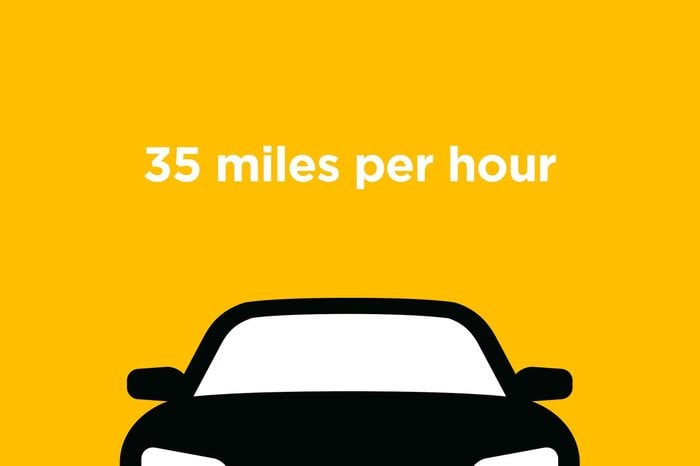
Answer:
It doesn’t sound that fast, but 35 miles per hour is enough to lose control of your car in the rain. Be extra careful in the first ten minutes of rainfall, which is when rain mixes with oil residue to create dangerously slippery conditions.
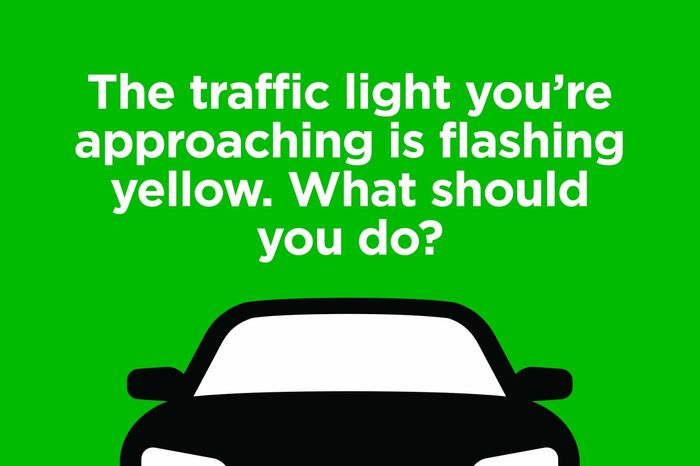
Question #6:
A. Treat it like a stop sign
B. Proceed with caution
C. Stop and wait until no cars are coming
D. Turn around and find a detour
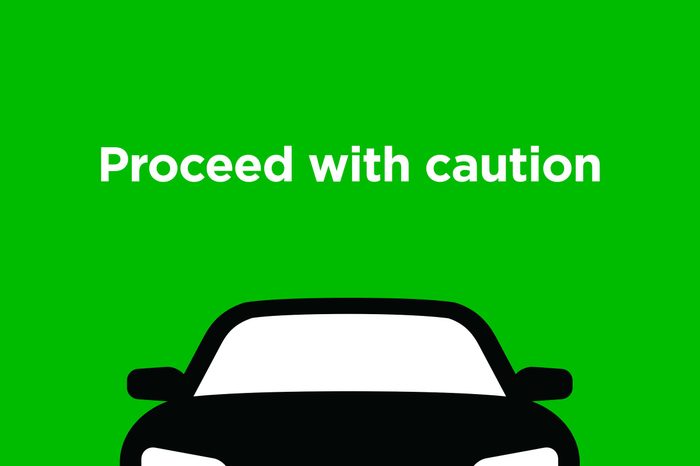
Answer:
No, this isn’t one of the trick driving test questions. Treat this as a yield sign, and make sure the coast is clear before going through the intersection.
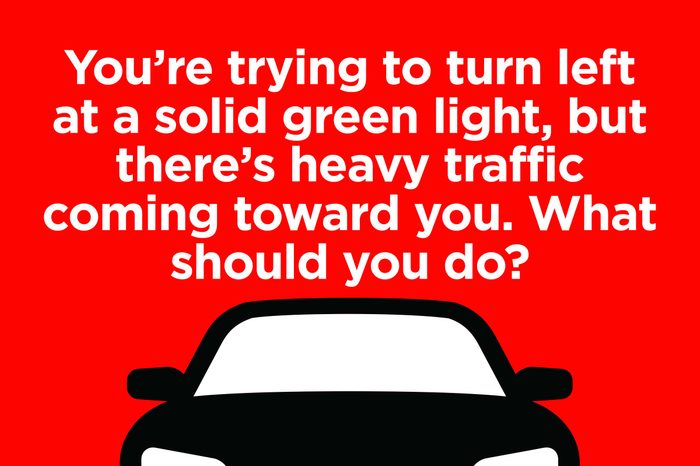
Question #7:
A. Pull to the center of the intersection, then turn when traffic is clear.
B. Turn left. The oncoming cars will brake.
C. Wait at the crosswalk until there’s a break in traffic.
D. Go straight and figure out a route that doesn’t require a left turn.
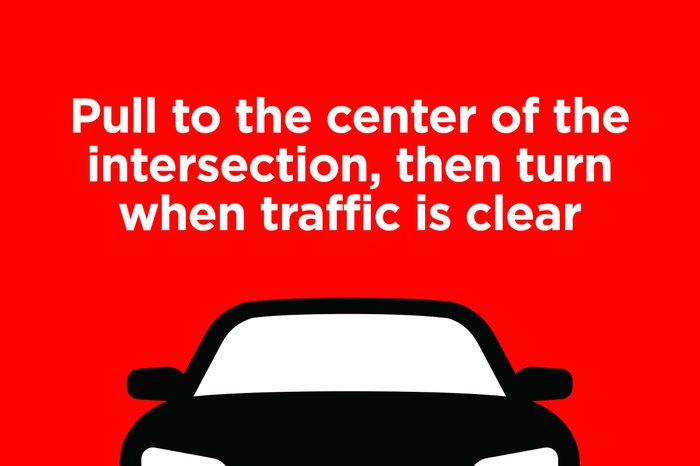
Answer:
The impatient driver in you was right—the best thing to do is wait in the middle of the intersection so it’s easier to pull through when traffic opens up.
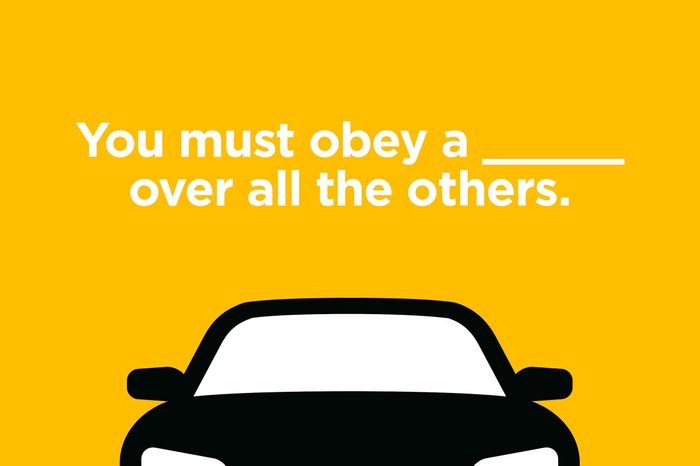
Question #8:
A. Police officer
B. Steady red light
C. Flashing red light
D. Stop sign
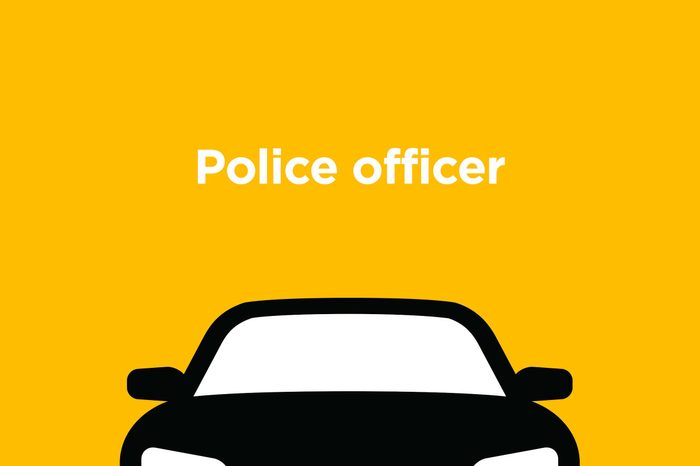
Answer:
If a police officer is directing you to do something different than the signs and signals would indicate, the officer overrides the usual conditions. Get these driving test questions all right? Now find out why police officers touch your tail light when they pull you over.